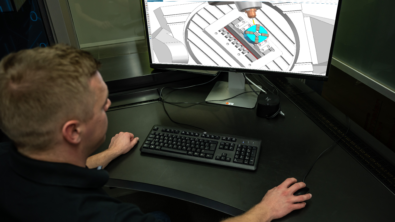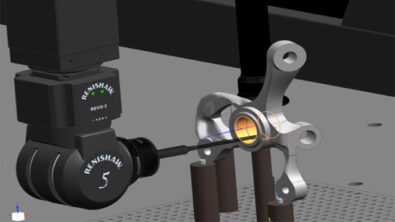Digital tool data primed for growth

Digital tool management systems, and the digital tool libraries that support them, are changing the way cutting tools, toolholders and workholding are assembled into tooling setups and used to machine parts. Aided by the development of the ISO 13399 tool data standard and the Generic Tool Catalog (GTC) cutting tool data exchange format, part manufacturers can obtain much of the digital tool information they need to create new machining setups, such as dimensional parameters, 2D drawings and 3D models with assembling coordinate systems. They can then integrate that information with their CAM programs to develop toolpaths, and in some cases manage inventories of cutting tools, toolholders, workholders and other components.
However, the process is far from complete. While many cutting tool manufacturers have adopted ISO 13399, making machining setups and data exchange easier, others are still in the process of adopting it or have yet to start. Likewise, some manufacturers have wholeheartedly adopted digital tool management (DTM) and can share the information it provides throughout the enterprise, while others still have “islands of information” within their operations that are cut off from one another.
This feature story written by Alan Rooks, senior editor of Advanced Manufacturing magazine, examines the current status of DTM in the metalworking industry, how different software programs can work together, and where digital tool information standards and practices are headed. Marcel Keinan
Marcel Keinan
In the piece, Marcel Keinan, director of product management for Siemens PLM Software, noted that the utilization of DTM is like dancing the tango; you need two partners—a data supplier and a data consumer. “Tool companies won’t do it if there is no demand, and the demand depends on whether systems are in place that can use the information,” he said. “The concept is steadily growing, and it is an irreversible trend, but it is not happening as fast as I would like.” Siemens’ product lifecycle management (PLM) software is an information management system that can integrate data, processes, business systems and people in an extended enterprise. Tool management, working from the single PLM database, is a key part of the software.
While there are still proprietary methods of tool data exchange being used today, the use of standards is a much better option, according to Keinan. “Siemens is vendor neutral and we import different tool libraries into our PLM software; we allow our customers to be able to match and combine tools from different vendors into one tool assembly.” Even though standards are still evolving, the time to get on board is now, he said: “If you are going to wait till the world is perfect before you start using digital tool data, you’ll never get anywhere.”
Keinan noted that one customer decided to deploy the entire Siemens PLM system, but initially demanded that every tool reaching its enterprise be based on ISO 13399/GTC. That proved difficult to accomplish, and instead Siemens made sure the vendors who were not fully ISO 13399 compliant would provide their data in a format that could be read by adapting some of the information which was not clearly specified or non-existent in the ISO 13399 standard. “The company ended up making huge productivity improvements by getting data in digital format,” he said.
Follow this link to read the entire story, “Digital Tool Data Primed for Growth,” on AdvancedManufacturing.org.


